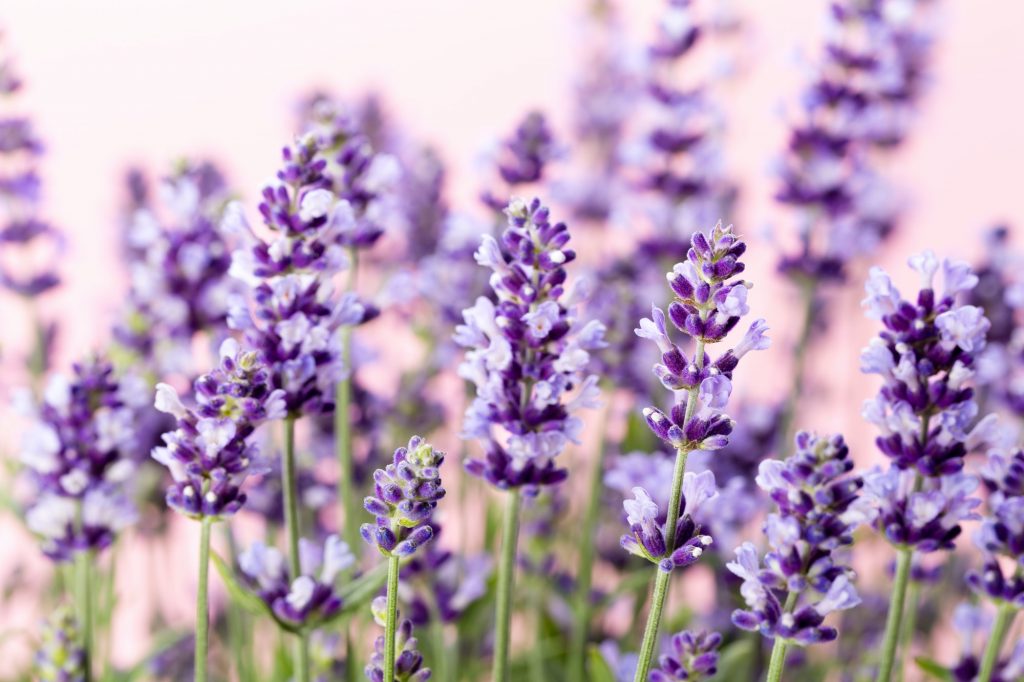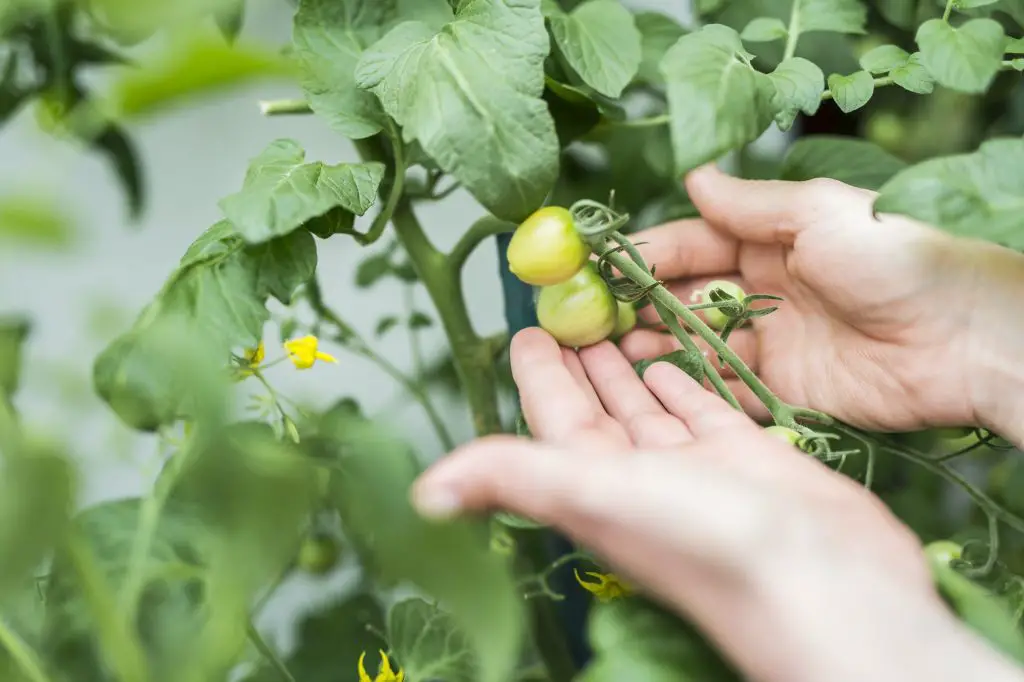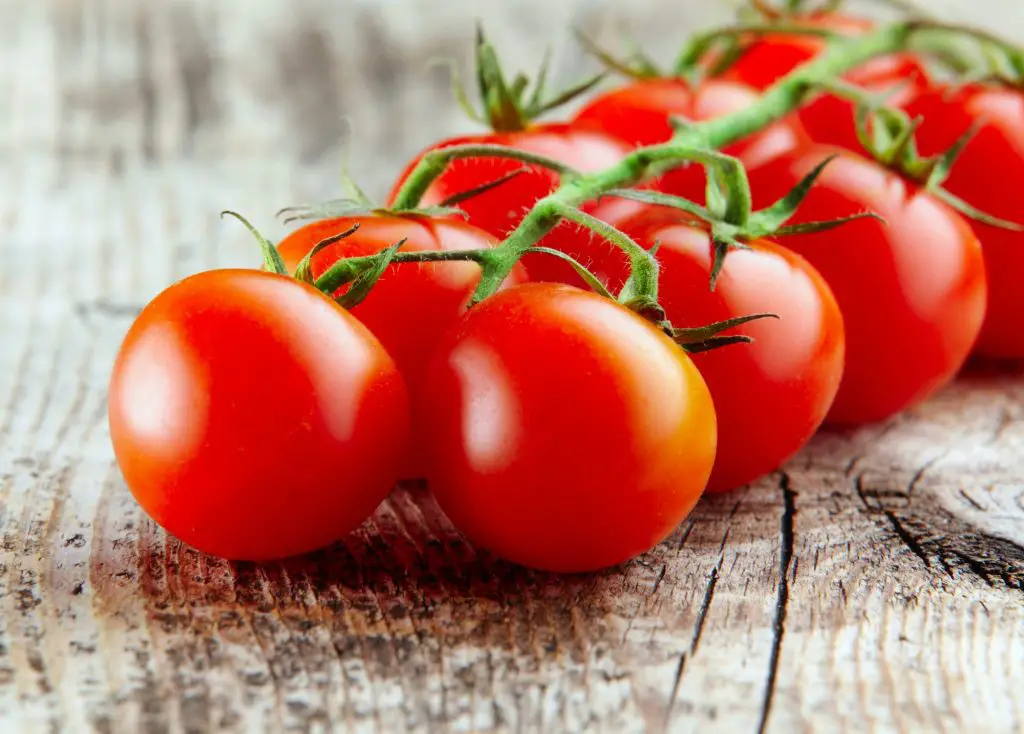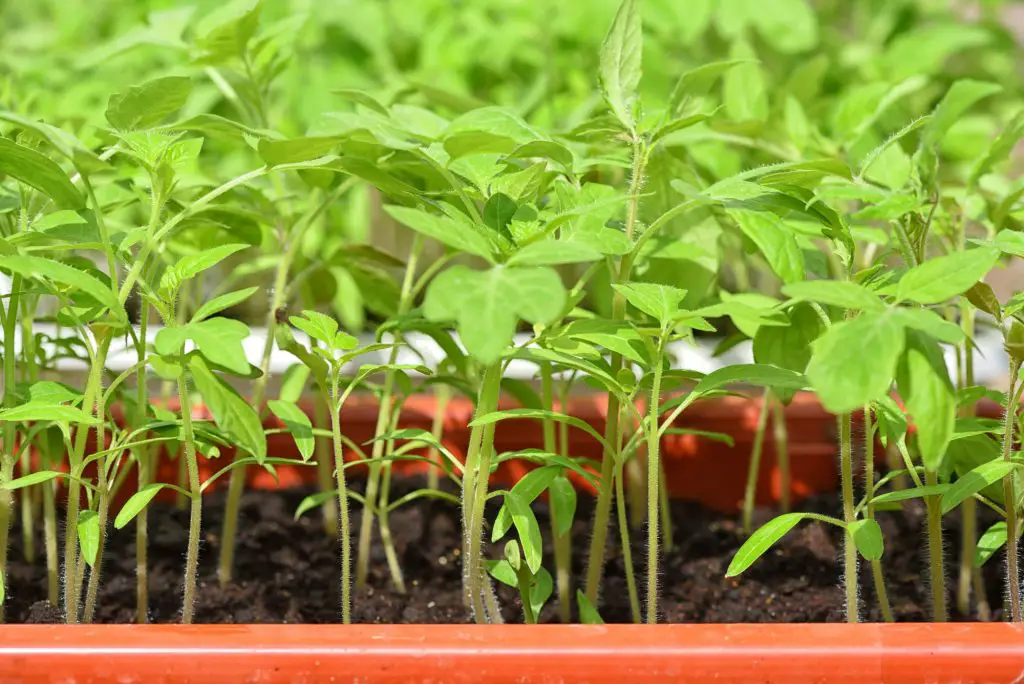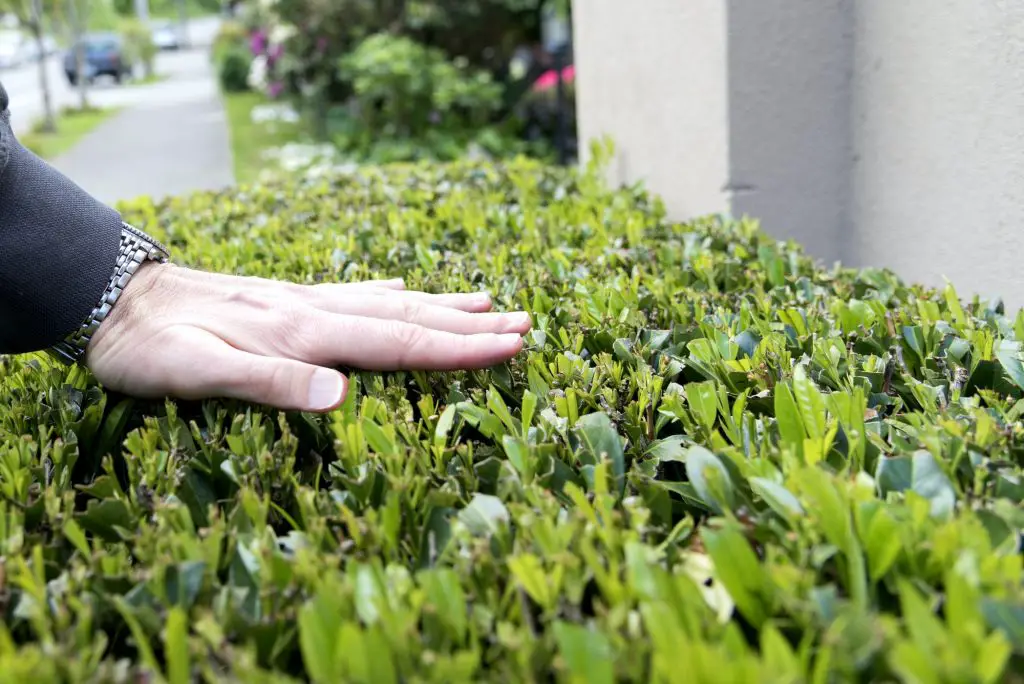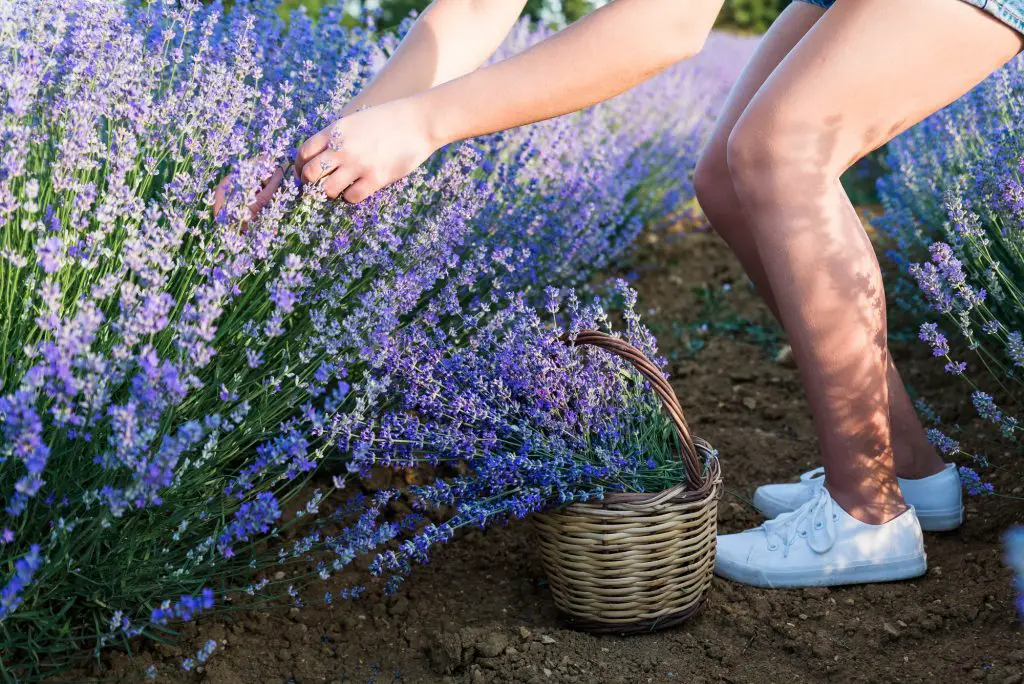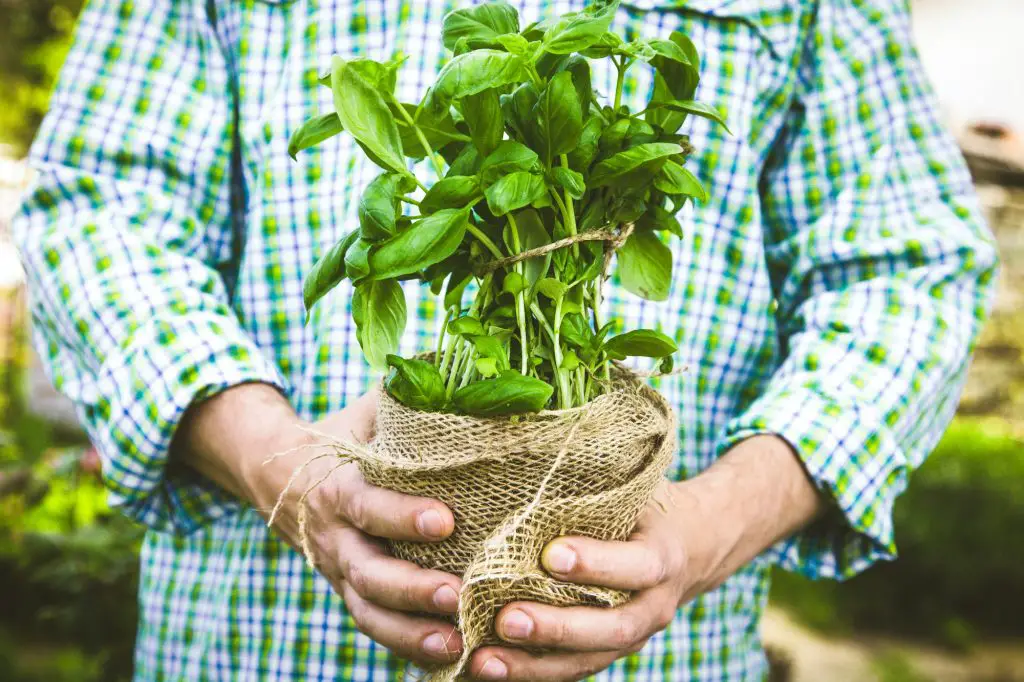What plants grow well with lavender? Most plants grow well with crops that require similar growing conditions and one of those plants is lavender. With its flower spikes and bushy evergreen foliage, it is a great herb to have in your garden.
The intense fragrance of lavender makes it an ideal herb for many crops that are plagued by pests, it helps attract pollinators and help distract wildlife that might be of harm to the vegetable and herb garden.
The smell of lavender is not the only great thing about it but it’s also an excellent way to add beauty to your garden. Lavender is a great companion plant to help you deter pests.
Lavender is quite an easy plant to grow and you will be surprised, it thrives best when ignored. It needs full sun which is best at about 6 hours to 9 hours daily and does not need much water.
Table of Contents
7 Best Plants to Grow With Lavender
Companion planting can do many support jobs in your garden and lavender happens to be a great herb to plant with many other crops. It can protect your plants from pests and even stimulate their growth. So to ensure a healthy garden, here are some of the best plants to grow with lavender.
1. Herbs
Most herbs are good companions with lavender. The best herbs to plant near herbs include basil and oregano, these two plants increase the growth and vitality of lavender by helping o repel various species of flies and aphids. Sage is a great example of a fantastic herb to plant with Lavender. Rosemary as well.
2. Roses
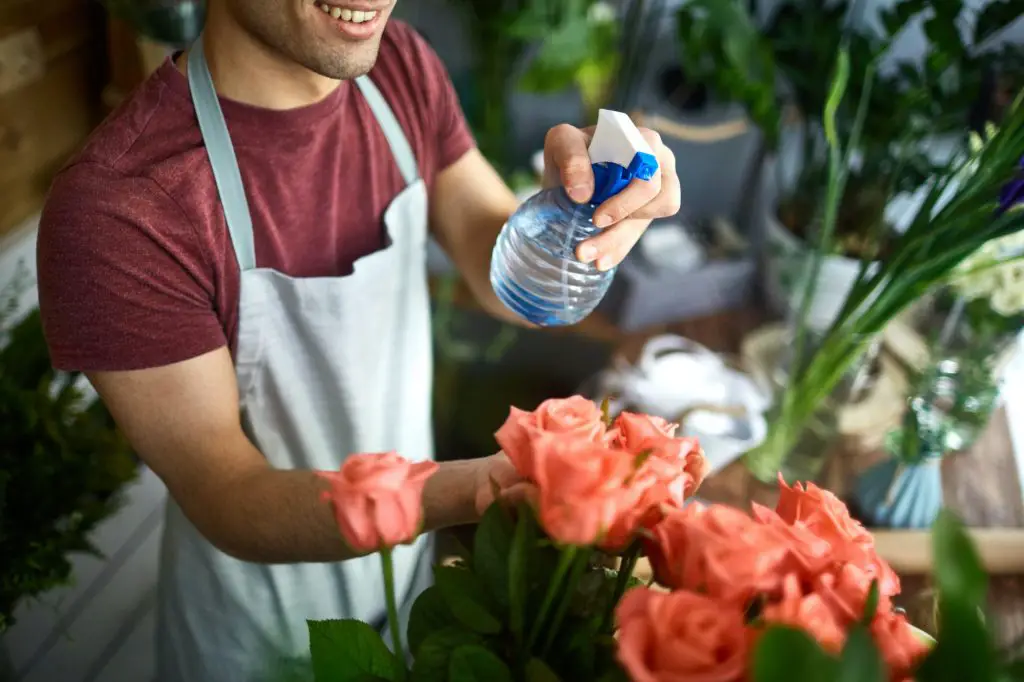
Rose is one of the best companion plants for your lavender. Both the smell are the ability to repel pests are good matches, both also look striking when planted near each other. Lavender has also been noticed to help repel aphids from roses. The best kind of roses to plant with lavender floribunda roses and rose shrub.
3. Yarrow
Yarrow is another plant that will be fine planted near lavender and it happens to be a favorite of pollinators. Its attractive flowers bloom in many colors and very easy to care for.
4. Echinacea
Echinacea or coneflowers as they are often called is an even more drought-tolerant plant than lavender which makes them great companions. Echinacea is a great plant that is enjoyed by pollinators like bees, butterflies, and birds.
5. Alliums
The strong scent of allium can have a distracting effect on insects and pests which makes its natural companion plant for many crop in your garden.
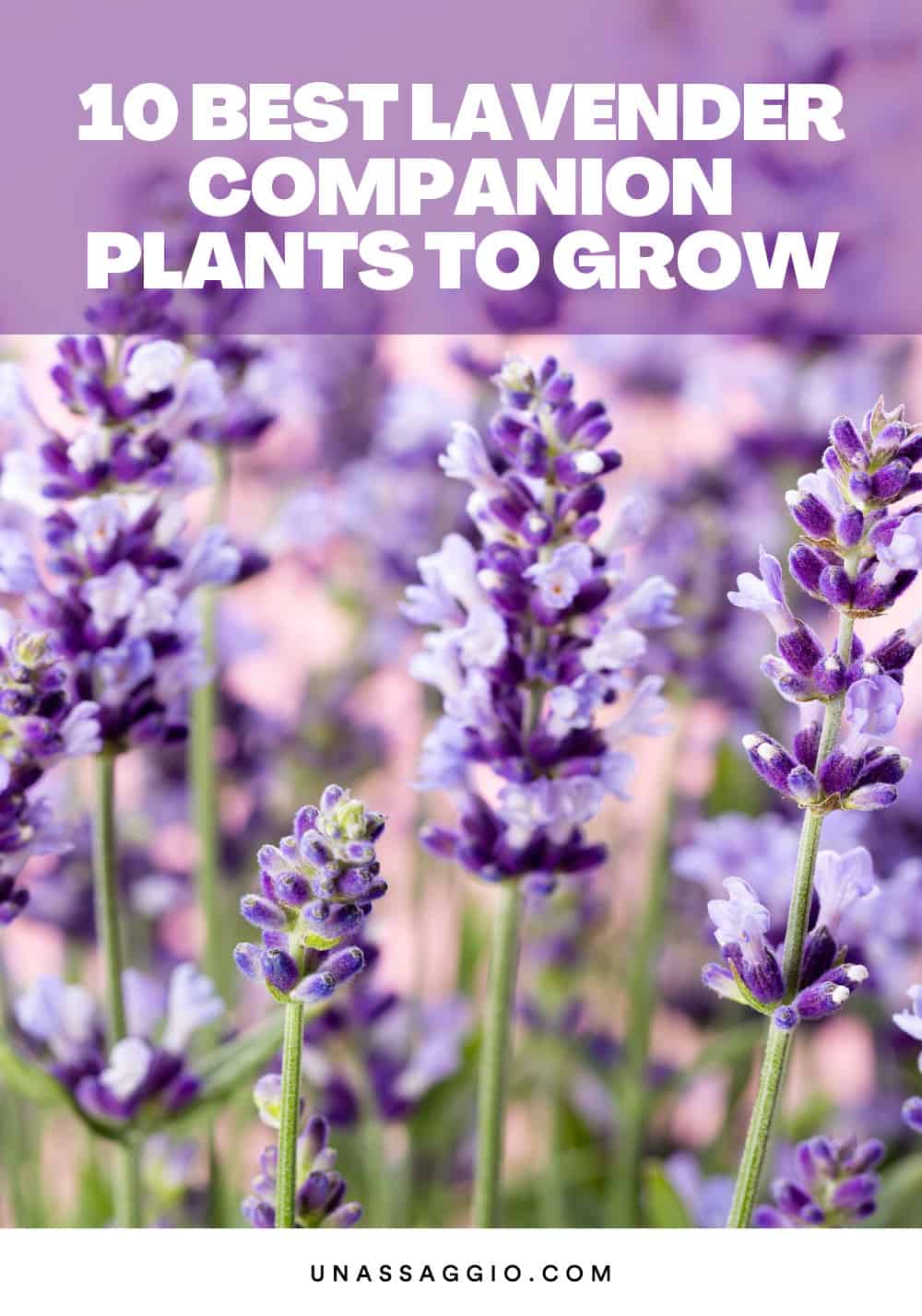
6. Fruit Trees
Fruit trees are an excellent companion with lavender. Lavender bushes attract quite a large amount of bees that fruit trees require for pollination.
7. Black Eyed Susan
Black-eyed susan are also known by the name Rudbeckia hirta and they are really attractive flowers that love the sun and blooms yellow flowers with a chocolate center. They grow well planted near lavender.
Plants To Avoid Growing Near Lavender
Lavender makes an excellent companion plant but it’s very particular in its growing requirement and does best with plants with similar requirements.
Lavender is a natural repellent of pests like slugs moths, and deers hence any plants that suffer from any of these can be planted near lavender. So, when you consider plants that should not be near lavender, you think of its growing requirement.
Shade plants are not compatible with lavender. Flowers like camellias, hostas, fuchsia, and impatiens might look great planted near your lavender but they won’t survive the lavender climate.
FAQs
These are some common questions people have when practicing companion planting for Lavender. Have any more questions? Please use in the comment section.
Does lavender come back every year?
Lavender is a woody perennial plant so it will continue to grow back every year but they require an annual prune to increase its longevity. It will come back to your garden every year for about 3-5 years but ensure to choose a variety that thrives in your plant hardiness zone.
Does lavender grow in shade?
Lavenders do not grow well in full shade, they need full sun although some species will do well in partial shade but not in full shade.
What happens if you don’t prune lavender?
If an annual pruning is not done to your lavender, it might cause it to wilt. Annual pruning is crucial for long-lasting lavender and the basic rule is to make sure not to prune lavender into dead brown deadwood.
Does lavender keep bugs away?
Absolutely! Lavender has a strong scent that will not only keep bugs away from your garden but also repel moths, mosquitoes, flies, fleas, and many other insects.
Why is my lavender plant turning GREY?
Lavender plants can start turning gray as a result of frost damage or likely suffering from a fungal disease, which is caused by overwatering or over-draining soil.
How often should lavender be watered?
The best way to water lavender is once or twice a week until the plants are established.
How often do lavender plants bloom?
Lavender plants are early bloomers and they are often regarded as a summer blooming flower. Although lavender plants generally bloom in late springs and it’s a low maintenance plant that can bloom all year long.
Should I deadhead lavender?
Proper deadheading of the lavender plants will increase the harvest of your flower spikes for dried flowers. It’s best to prune lavender in mid-spring and deadhead it in summer to make it more beautiful and healthy.
Do rosemary and lavender plants look like?
Rosemary and lavender closely resemble each other especially before they flower. Rosemary plant is branchier and woodier than lavender. The leaves of lavender are slightly lighter green and may contain hints of blue and grey.
Final Thoughts
Lavender plants are an excellent companion with many plants but they should not be interplanted in close proximity to vegetables and this is because the soil moisture vegetables require might be harmful to lavender.
Hence lavender are often best with certain herbs and brassicas as companion plants. However, no matter what plant you grow near lavender, make sure they all same growing requirements.

